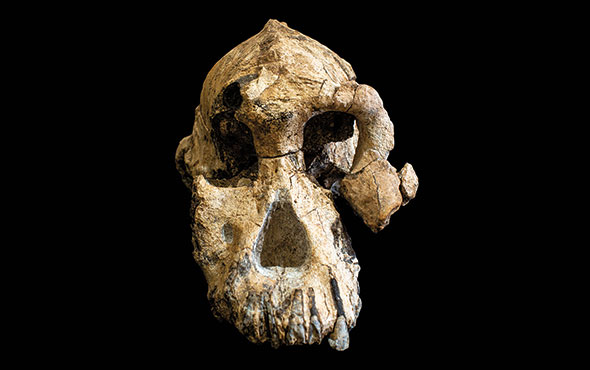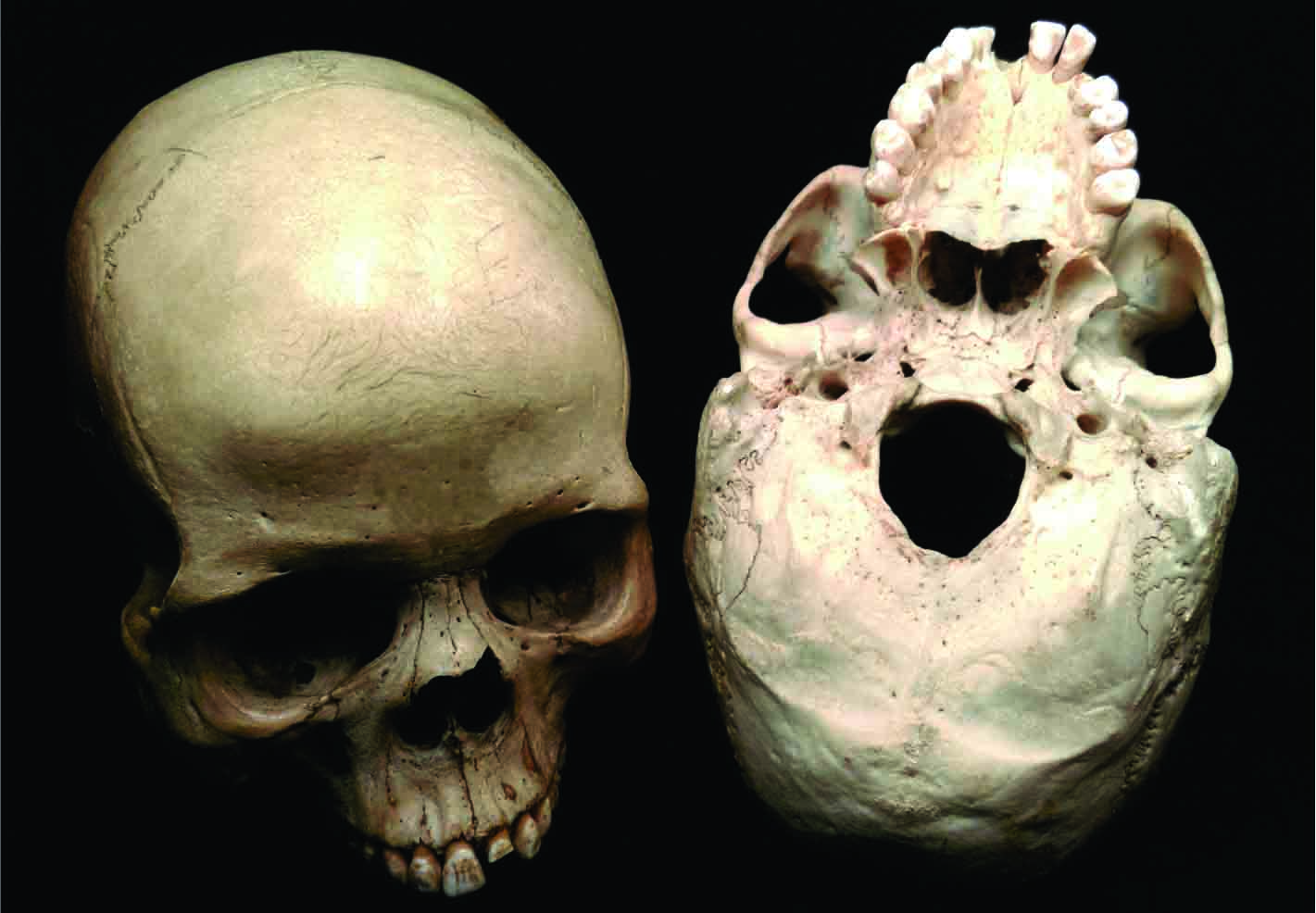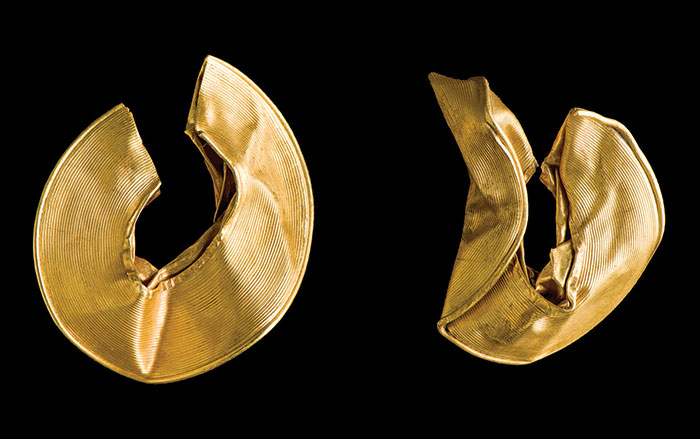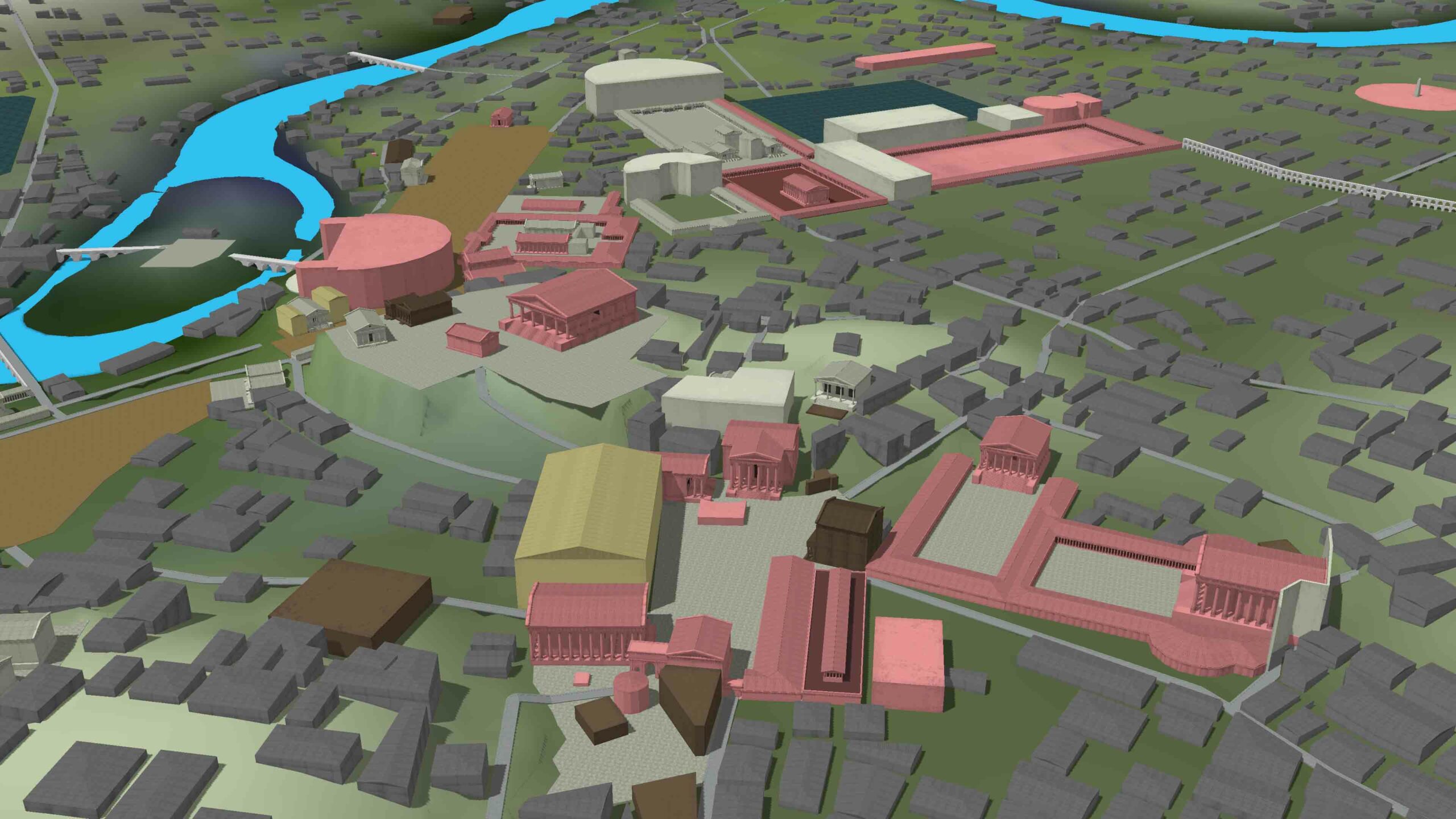
SAN FRANCISCO, CALIFORNIA—A team of researchers led by Nathan Young of the University of California San Francisco examined the shoulder blades of early hominins, modern humans, African apes, orangutans, gibbons, and large tree-dwelling monkeys in order to learn more about what the last common ancestor of modern humans and African apes, which lived some six to seven million years ago, might have looked like. Changes in the shoulders of human ancestors over time are thought to reflect reduced tree climbing behavior and increased tool use, including the ability to throw objects with speed and accuracy. “Human shoulder blades are odd, separated from all the apes. Primitive in some ways, derived in other ways, and different from all of them,” Young said in a press release. For example, the shoulder bones of Australopithecus afarensis, which lived between 3.85 and 9.95 million years ago, suggest that the bipedal tool users still climbed trees with their ape-like shoulders. But the fossil shoulders of Australopithecus sediba, which lived some 1.9 million years ago, are closer in shape to a human’s than an ape’s. “Our study suggests that the simplest explanation, that the ancestor looked a lot like a chimp or gorilla, is the right one, at least in the shoulder,” Young concluded. To read about the evolution of the throwing motion, go to “No Changeups on the Savannah.”









